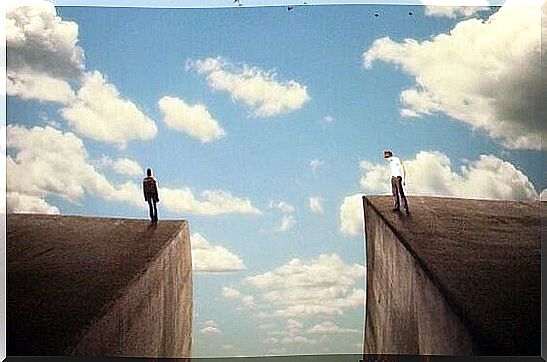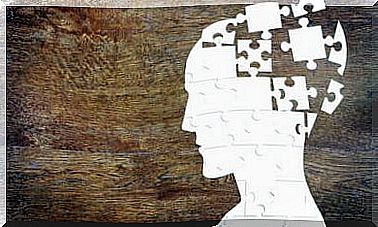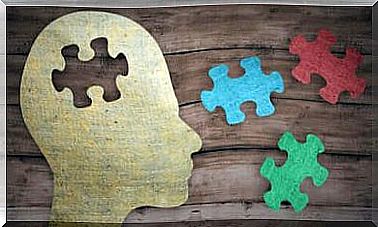7 Keys To Managing Stress

Stress is one of the great evils of the contemporary world, especially in the most developed countries. It’s not easy to stay calm in a world that is going at breakneck speed due to technology. It is also not easy to tolerate all the noise and hostility of big cities. As long as there are people who have a great capacity for accommodation, managing stress is not an easy task.
In the medium and long term, stress causes serious damage to both the mind and the body. Many physical illnesses are the result of this embarrassing condition. Thus, stress blocks, prevents us from having clear ideas and can affect human relationships.
While this is not too serious a case, there are some simple steps you can take to manage stress. It all boils down to taking a break and applying one or more of the tips that we present to you in the rest of this article.

Identifying stress is not as easy as it first appears. Often, we can only capture it when it reaches a high level. Stress manifests itself physically and emotionally. It can have an increasing intensity, or remain latent.
The physical signals of stress are muscle tension, especially in the mandible, neck and shoulder areas. There is also facial tension, and normally the lips are tight. Emotionally, one can be overcome by a feeling of irritation mixed with anxiety. These feelings tell you it’s time to take a break.
Breathing is a tool that is available to everyone and can be applied at any time or in any situation to manage stress. It is an excellent mechanism for regaining serenity. Slow, rhythmic breaths have been shown to activate the vagus nerve. This moderates responses to stress.
You just need to take the most comfortable position and start to breathe in very deeply. Try to feel how your lungs are filling with air. Then breathe out, very slowly. In just two or three minutes, your stress level will be reduced.
Stress is associated with fight, or flight, responses. That is why, as it arises, attention is directed to the focal points which gave rise to the tension; the more you focus on these concerns, the more stressed you will feel.
That is why it is urgent that you make an effort to divert your attention. Look at an object that is around you. Try to describe it mentally, in as much detail as possible. Then repeat this same exercise with two other objects. It will help you deal with stress by regulating your impulses and expanding your immediate emotional panorama.

The images communicate sensations that permeate the observers. This is why it is good to always have with you a photograph or a painting depicting a relaxing image. The most judicious are the landscapes, especially if they are lonely places, a cold and very green climate or with a lot of water.
When you feel that your stress level is high, looking at these pictures can help you successfully relax. It is also a way of focusing your mind on something pleasant, which in turn decreases worry.
Sometimes knowing that you are stressed makes you stress even more. You know that you are feeling too anxious and you want to get rid of that anxiety as quickly as possible. Since this is not always easy, it worries you more than it calms you down. This is why it is important to realize that by identifying and accepting that one is stressing, one sets in motion a series of useful mechanisms to reduce stress and not costly and frustrating strategies that will only increase this stress. activation level.
Try to recognize all the expressions that this state produces in you. How is your body? What posture do you adopt? How often does your heart beat? What kind of thoughts come to your mind? All of these questions and many more will help you reinterpret how you are feeling. When this happens, the feeling of tension slowly dissipates.

You should know that there are stress postures and anti-stress postures. The former consist, for example, in sitting cross-legged with the legs crossed in a complex manner, or in moving one or both legs at a fast and constant pace. The back is more arched and the muscles of the face more tense.
Stand up with your back straight and make movements with your face, this will help reduce stress. It is a position that brings confidence and security. According to a study by Health Psychology , this posture also inhibits the production of cortisol.
Clenching the fists with both hands firmly and then opening them has been proven to help reduce stress. It is an aggressive gesture and for this very reason it helps to release tension in moments of great anxiety.
All of these little tips are actually very effective in dealing with stress. It is normal for us to feel tension in a world like the one we live in today, especially if we live in big cities. What matters is that we do not let stress overwhelm us and that we apply the tools to control it when it occurs.











